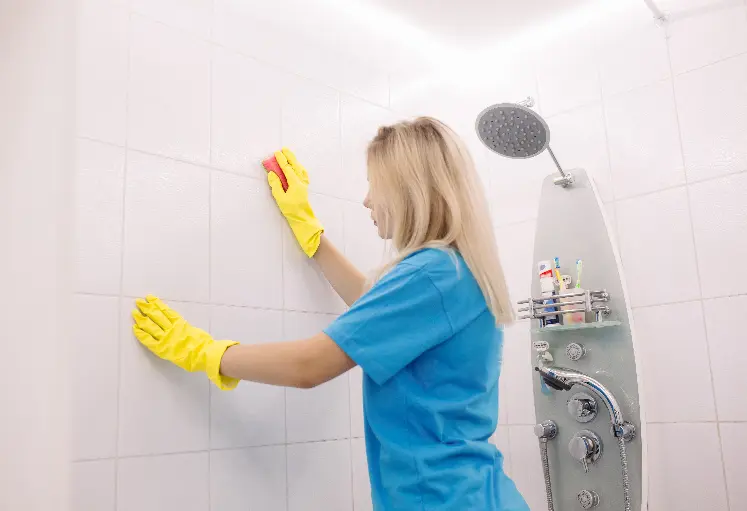
Mold thrives in warm, moist environments, which is why it’s so frequent in bathrooms. The substance, which is caused by too much moisture, can lead to a variety of health problems, including breathing difficulties and damage to the immune system. Mold will ruin the appearance of any space if it is allowed to grow on the grout in your bathroom or kitchen, making it look dirty and unkempt. Apart from a lack of ventilation in your bathroom, mold can grow for a variety of reasons, including leaking pipes, inadequate insulation, and dampness left after a shower. Experts recommend that you clean mold only if it is in a small area, if it has spread in a vast area, it’s wise to hire an expert cleaning service.
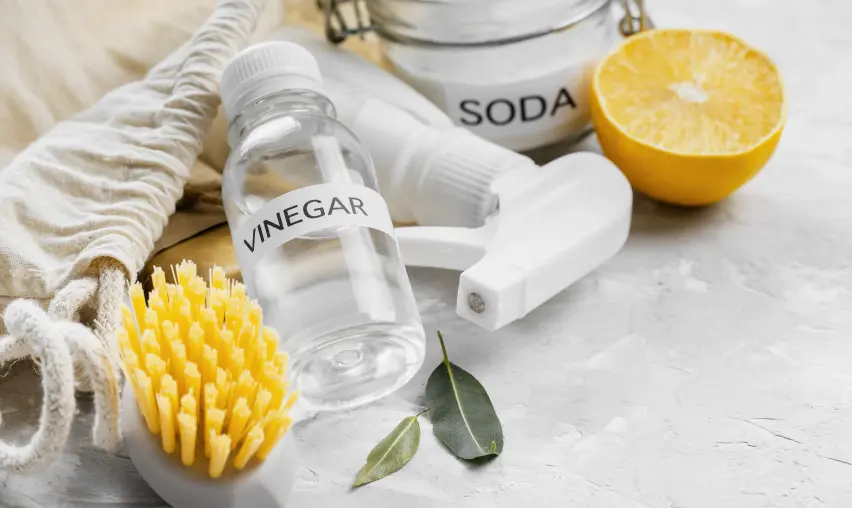
Vinegar is an excellent natural cleaning product for coloured grouts since it won’t harm your tiles or grouting. Cover any moldy grout areas with undiluted white vinegar using a spray bottle. Take care not to oversaturate the area. If you don’t have a spray bottle, don’t panic; you can still use a towel to apply the vinegar. Allow the vinegar to sit for an hour before washing with warm water. Repeat the process if necessary. Dry with a clean towel to prevent mold from coming back.
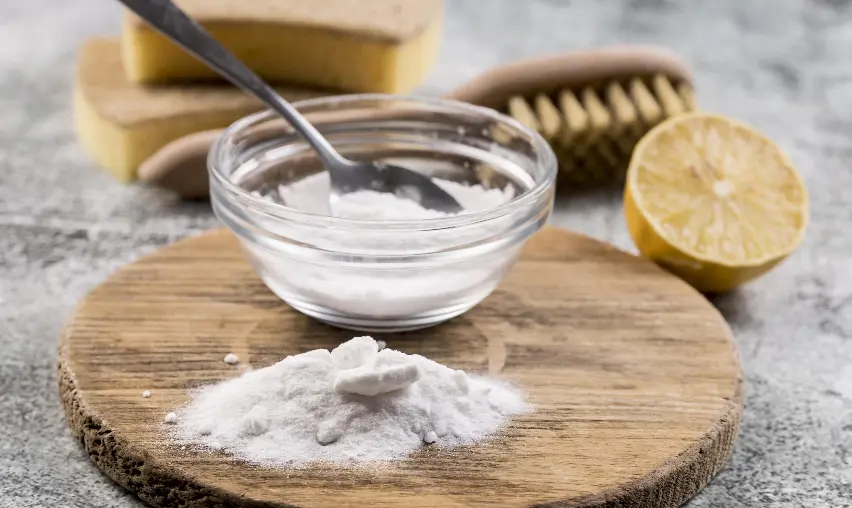
Borax is easily available and has the added benefit of being a lot cheaper than other mold cleaning alternatives. To make a cleaning solution from borax, mix a cup of borax powder in 4 litres of warm water. Using a brush or a scrubbing pad, work the solution into the affected areas. Do not scrub too hard. With a clean towel, clean up the solution from the surface. Make sure the room is well ventilated and allow the surfaces to dry naturally.
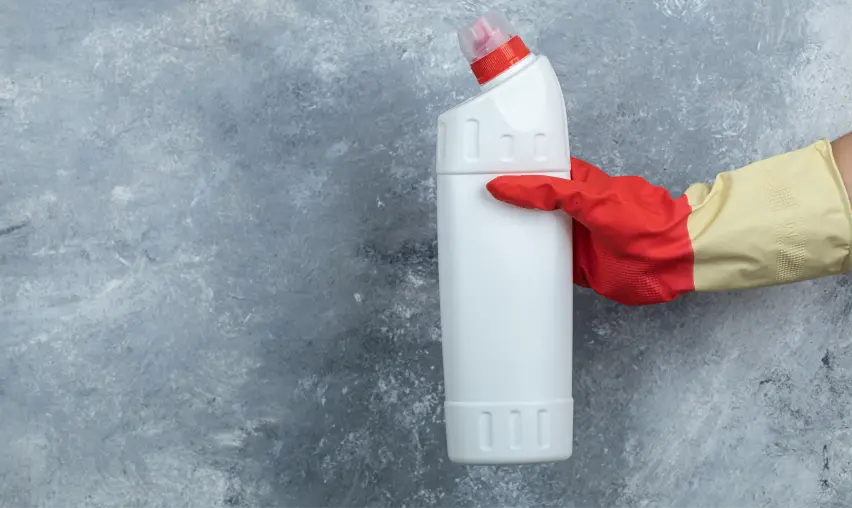
The most frequent way to get rid of mold from grout is to use basic household bleach. Using a firm bristle brush or an old toothbrush, scrub the bleach into the moldy portions of your grouting. Allow this to sit for at least half an hour before rinsing with warm water. Keep the area properly ventilated while you wait. If you have coloured grout, you should avoid using bleach since it may cause discolouration. Since bleach is a strong chemical, wear a mask to protect yourself from its fumes. Wearing gloves is also recommended.
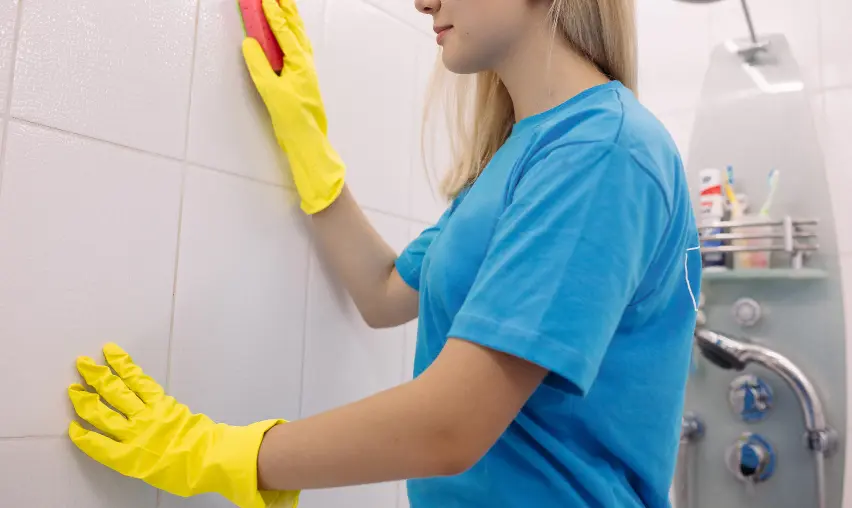
Spray a cleaning solution onto the affected area, such as tiles or a basin, to eliminate mold from smooth bathroom surfaces. A noticeable coating should be present, but avoid oversaturating the affected area. Wipe the mold away with a cloth or sponge, ensuring to switch to a new side of the cloth when the first becomes soaked or soiled. If you’re cleaning a large area, you’ll probably need more than one towel or sponge. Scrub with a scrubbing brush if the mold won’t come off.
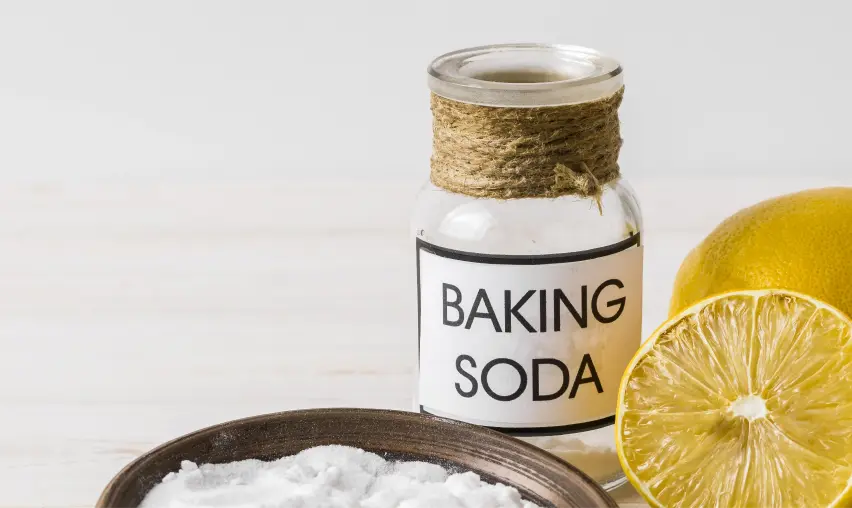
Using a paste of baking soda is often said to be the quickest method to get rid of mold from gout, tiles and walls. Simply combine half a cup of baking soda and four teaspoons of water until a spreadable mixture is formed. Apply this paste to areas of moldy grout and allow 15 minutes for it to dry. Finally, use an old toothbrush to clean away the mold before rinsing with warm water. Repeat the process if necessary and let the area dry thoroughly.